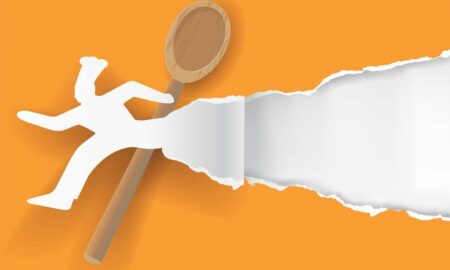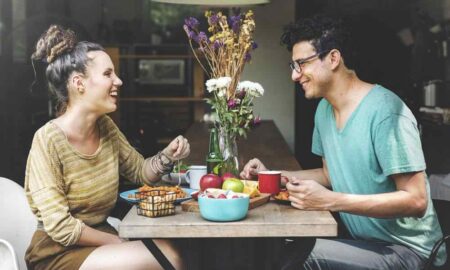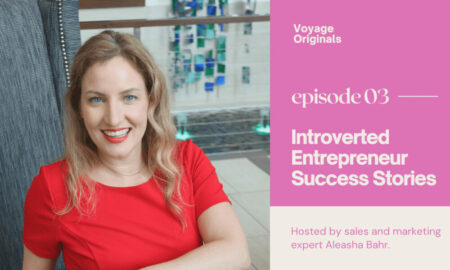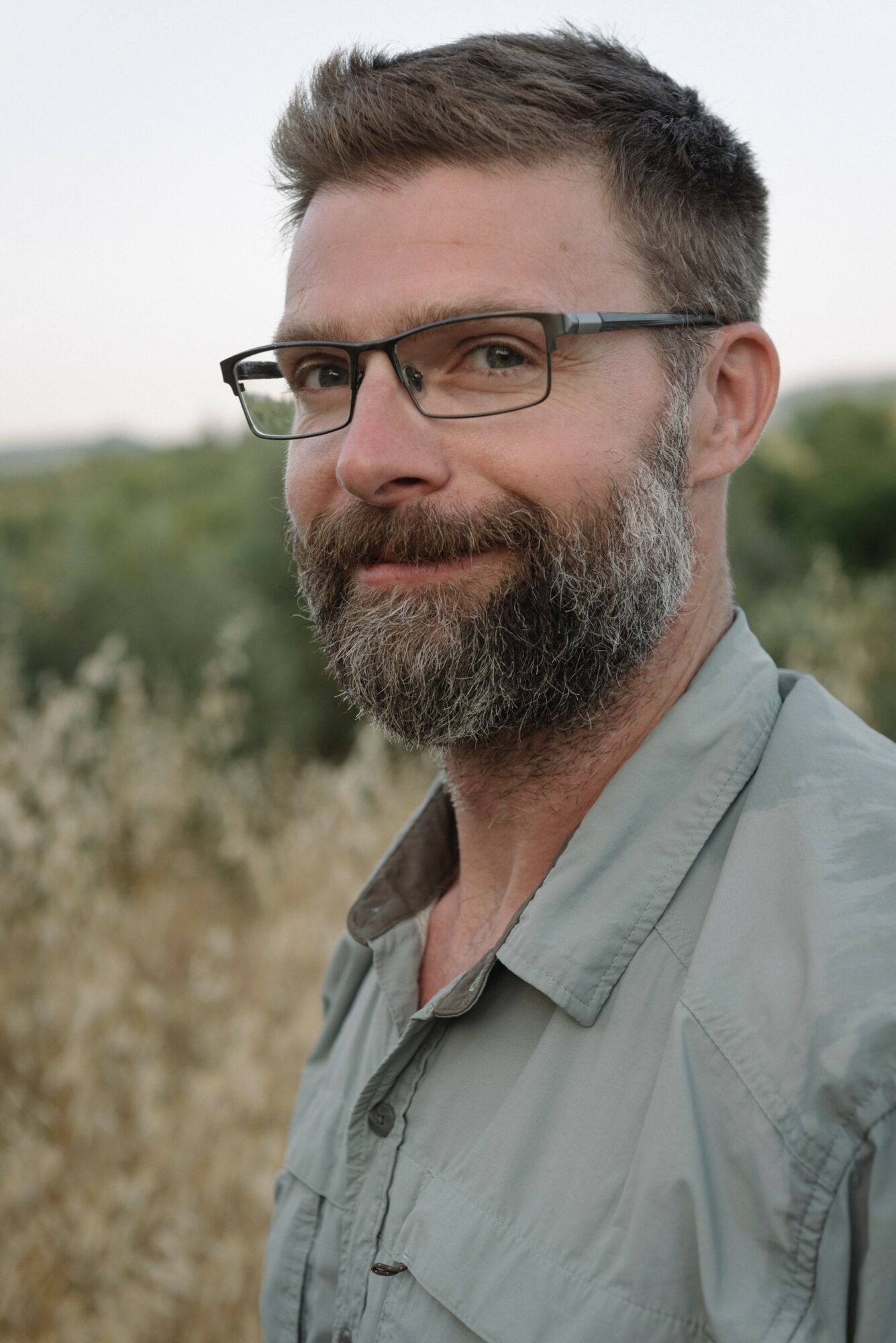

Today we’d like to introduce you to Joshua Goode.
Hi Joshua, we’re thrilled to have a chance to learn your story today. So, before we get into specifics, maybe you can briefly walk us through how you got to where you are today?
After completing my MFA at Boston University, I began creating tombs as part of my artistic practice. This was deeply personal—my sister has severe disabilities, and confronting her mortality made me think about remembrance, legacy, and the idea of immortality. I wanted to honor her life and memory in a meaningful way. Inspired by Mycenaean and Egyptian tombs, I built installations that included personal belongings, imagining how objects could carry emotional and historical weight.
In 2011, after completing several of these works, I received a Dozier travel award from the Dallas Museum of Art. I proposed to study prehistoric funerary practices, curious about how ancient cultures grappled with memory and loss. While researching, I was invited to join an archaeological dig at Vogelherd Cave in Germany. That experience was transformative—it introduced me to the process of discovery and the ways we assign value and meaning to artifacts.
This aligned perfectly with my artistic interests: how personal objects can be elevated into something universally resonant. That’s when I began creating chimerical figures using my childhood toys—blending memory, mythology, and material culture to explore how we construct identity and legacy.
I’m sure it wasn’t obstacle-free, but would you say the journey has been fairly smooth so far?
It hasn’t been a perfectly smooth road, but I wouldn’t call it a rough one either. I never had grand illusions when I chose to become an artist—I was well aware of the ‘starving artist’ myth. So I’ve always felt fortunate to enjoy my fancy peanut butter and jelly lunches. The real challenges tend to come in waves: stretches of rejection, when there are no opportunities to exhibit or share work, followed by unexpected breakthroughs that reignite my motivation. It’s a rhythm most artists recognize—periods of doubt punctuated by moments of affirmation.
At this stage in my career, I’m fortunate to have a steady flow of projects. I recently completed a large installation in Norway and am currently preparing for a collaboration with The Kimbell Art Museum. But one of the biggest challenges I face now is securing funding to support international projects I’ve been invited to complete. These opportunities are vital to my practice, but they often require significant resources to realize.
That said, the stability I’ve built is also the result of practical choices. I moved back to Texas to raise a family instead of pursuing a career in New York, and I work as a professor, which provides both financial stability and health insurance. I also built a home studio, which allows me to stay close to my children while continuing to create. Sometimes the less glamorous path offers the best conditions for making meaningful work
As you know, we’re big fans of you and your work. For our readers who might not be as familiar what can you tell them about what you do?
My work explores the construction of myth and history through the lens of misinterpretation and manipulation. I’m interested in how our understanding of the past shapes our present and future—and how malleable that understanding can be. Through my practice, I create alternate histories and mythologies that preserve childhood memories by reimagining objects and imagery from my youth as ancient artifacts.
One of my central projects is the fictitious Aurora–Rhoman civilization, a Texas-based culture inspired by the achievements of major historical figures. Drawing on my background in history and archaeology, including work on actual excavations, I stage performative digs around the world, collaborating with local communities. These digs result in fabricated artifacts that blend fact and fiction, distorting regional histories and myths in playful, thought-provoking ways. The objects ‘discovered’ have been exhibited internationally—in Spain, England, Germany, Russia, Croatia, Egypt, Italy, China, Belgium, Norway, Greece, Kazakhstan, France, and across the U.S.
I also founded a faux research institute, The Aurora-Rhoman Institute of Archaeology and Cultural Relics, which investigates these invented discoveries. Inspired by figures like Heinrich Schliemann and historical hoaxes such as the Piltdown Man, I use my ‘findings’ to both validate and satirize the civilization I’ve created. Each project begins with rigorous historical research and culminates in immersive exhibitions that are absurdly comical yet grounded in real scholarship.
What sets my work apart is this blend of performance, research, and fabrication—using humor and imagination to challenge how we assign meaning and value to cultural artifacts. I’m proud of the international reach of these projects and the way they engage audiences in rethinking history. That said, one of my ongoing challenges is securing funding to support these global collaborations. These international projects are vital to my practice, and I’m continually seeking ways to make them sustainable.
We’d be interested to hear your thoughts on luck and what role, if any, you feel it’s played for you?
I’m not sure I’d call it good or bad luck—it’s more about saying yes to opportunities and doing the best I can with each one. I’ve put in the long hours in the studio, slept in train stations and airports, and made sacrifices to invest in myself while keeping family at the center of my priorities. I’ve learned that persistence and preparation often matter more than luck.
There have been plenty of disappointments—projects I was excited about that fell through or never fully materialized. But I’ve come to trust the rhythm of the creative life: periods of uncertainty followed by moments of renewal. That’s where resilience comes in. It’s not just about bouncing back, but about continuing to show up, to make work, and to stay open to possibility even when things feel stagnant.
Resilience has helped me stay grounded and focused, especially during those stretches when the path isn’t clear. I take comfort in knowing that something new will eventually present itself—something that will allow me to keep exploring, growing, and creating work that excites me.
Contact Info:
- Website: https://www.joshuagoode.com
- Instagram: @joshua_goode
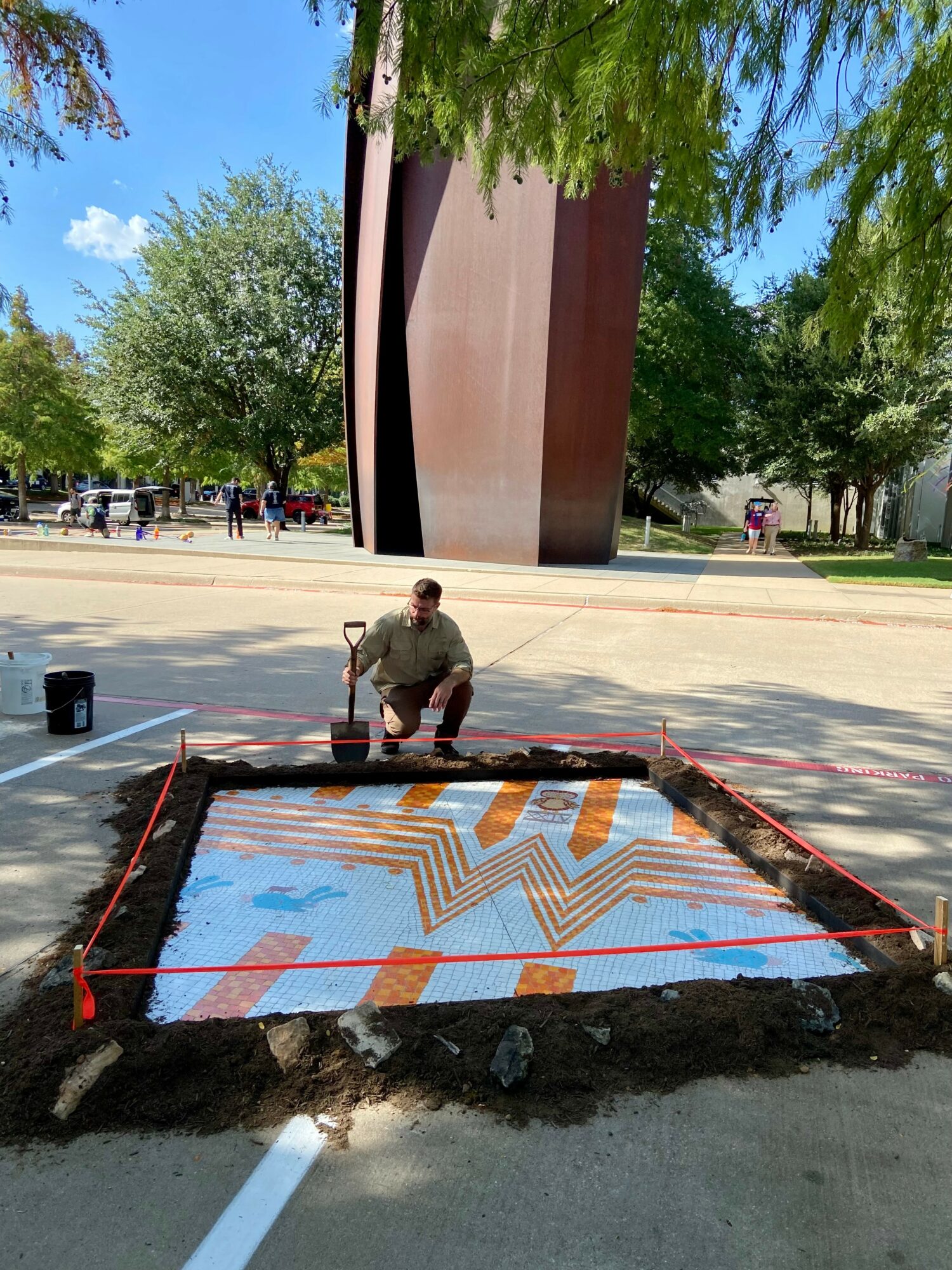
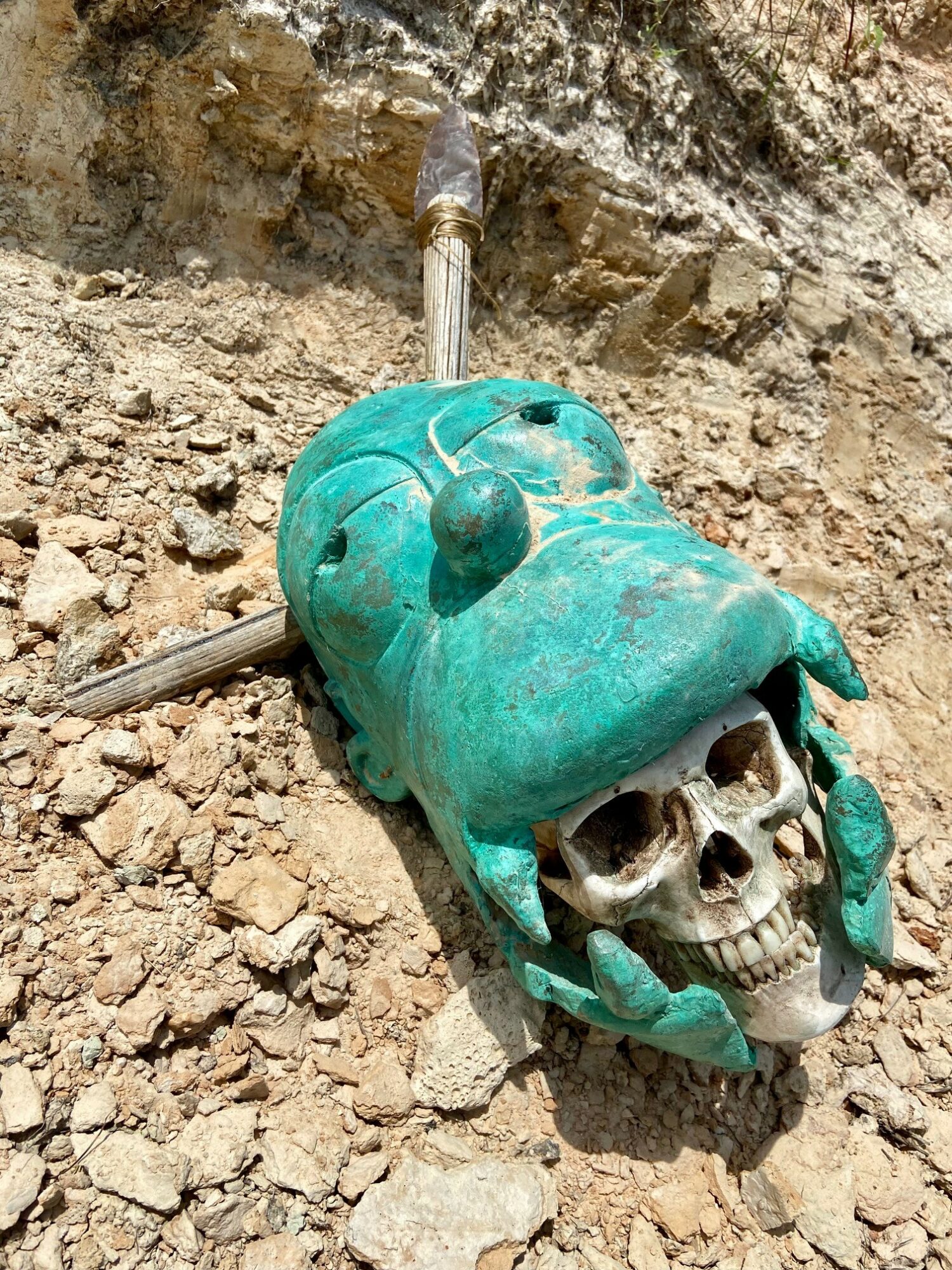
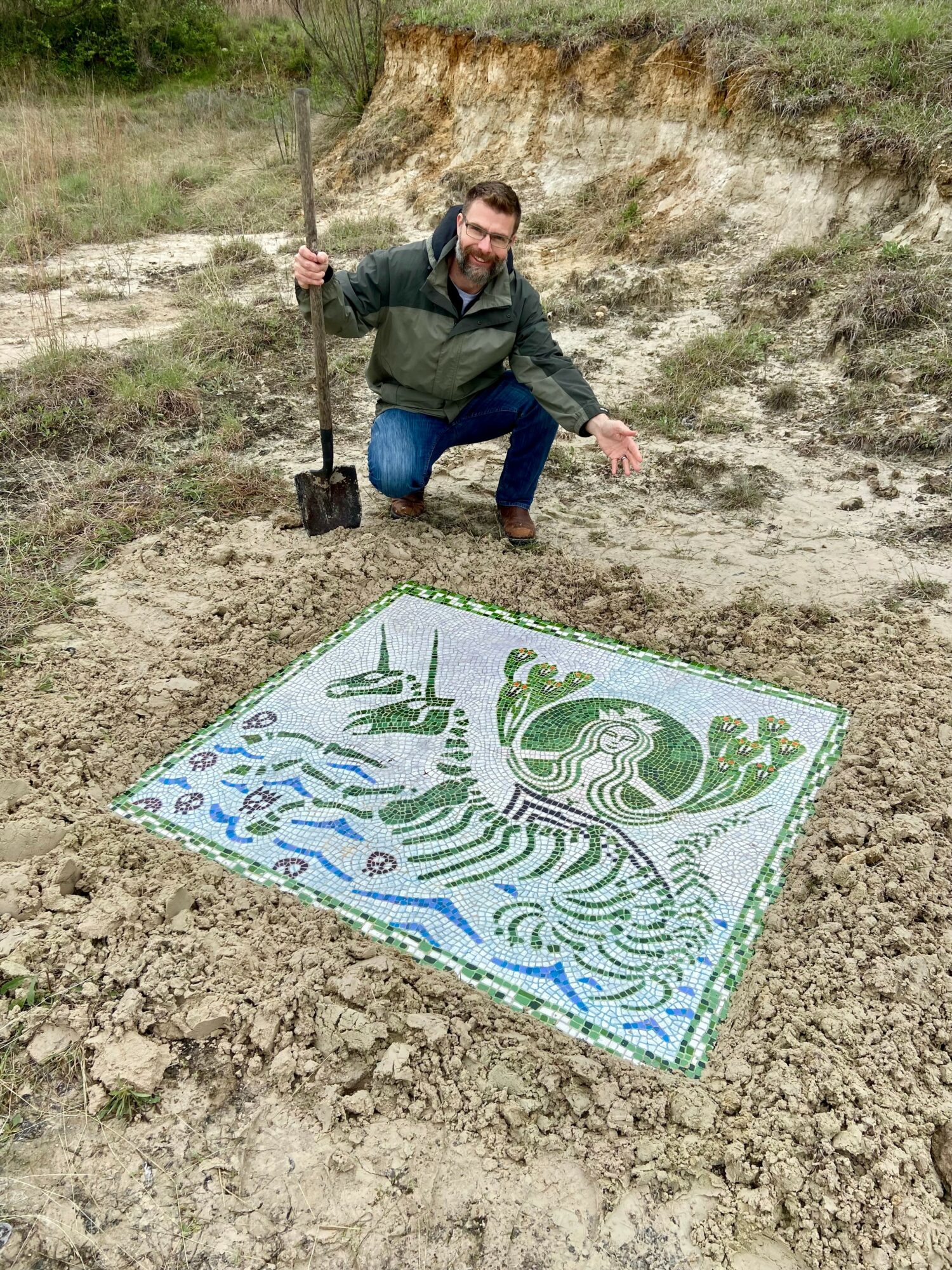
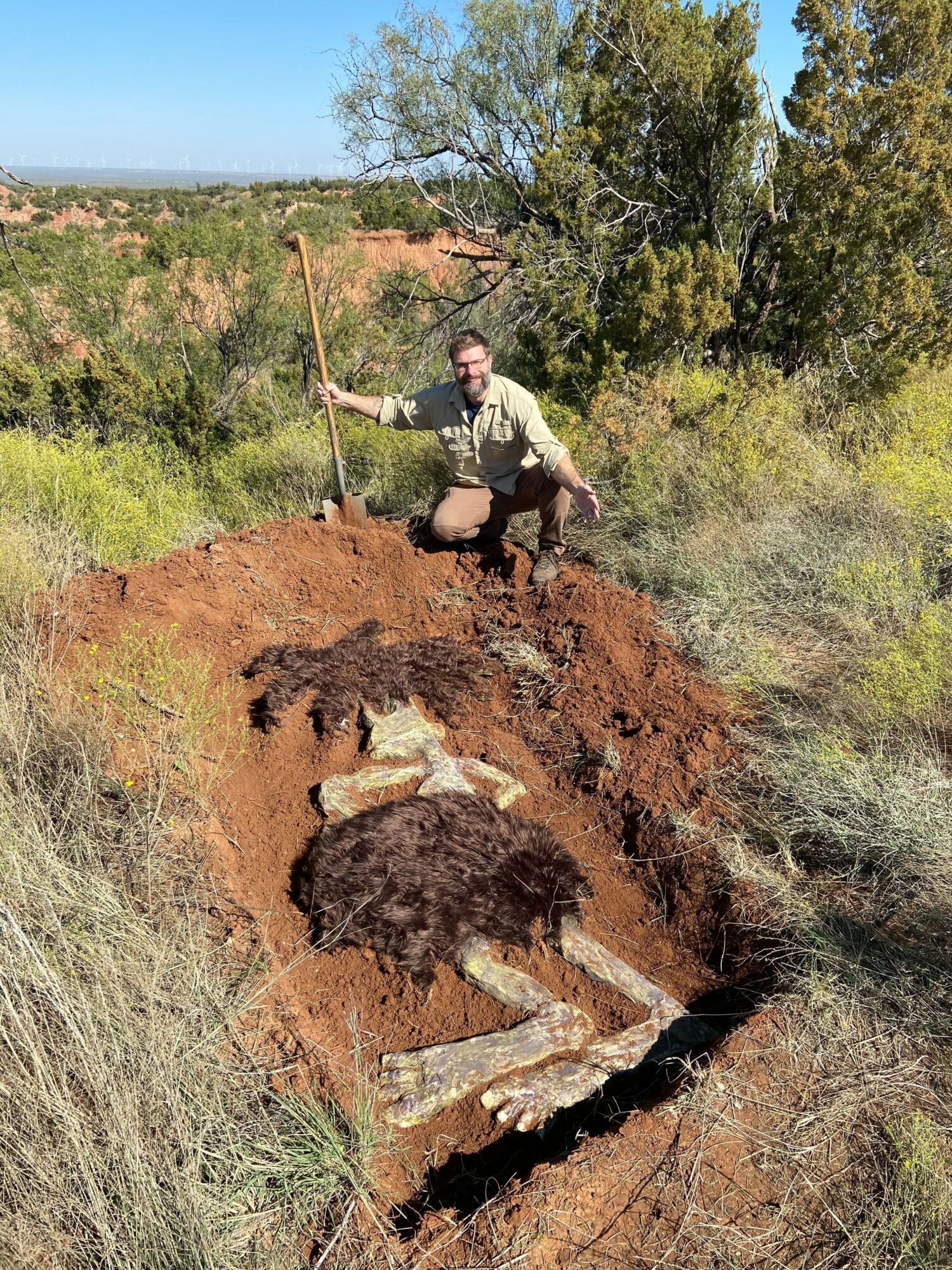
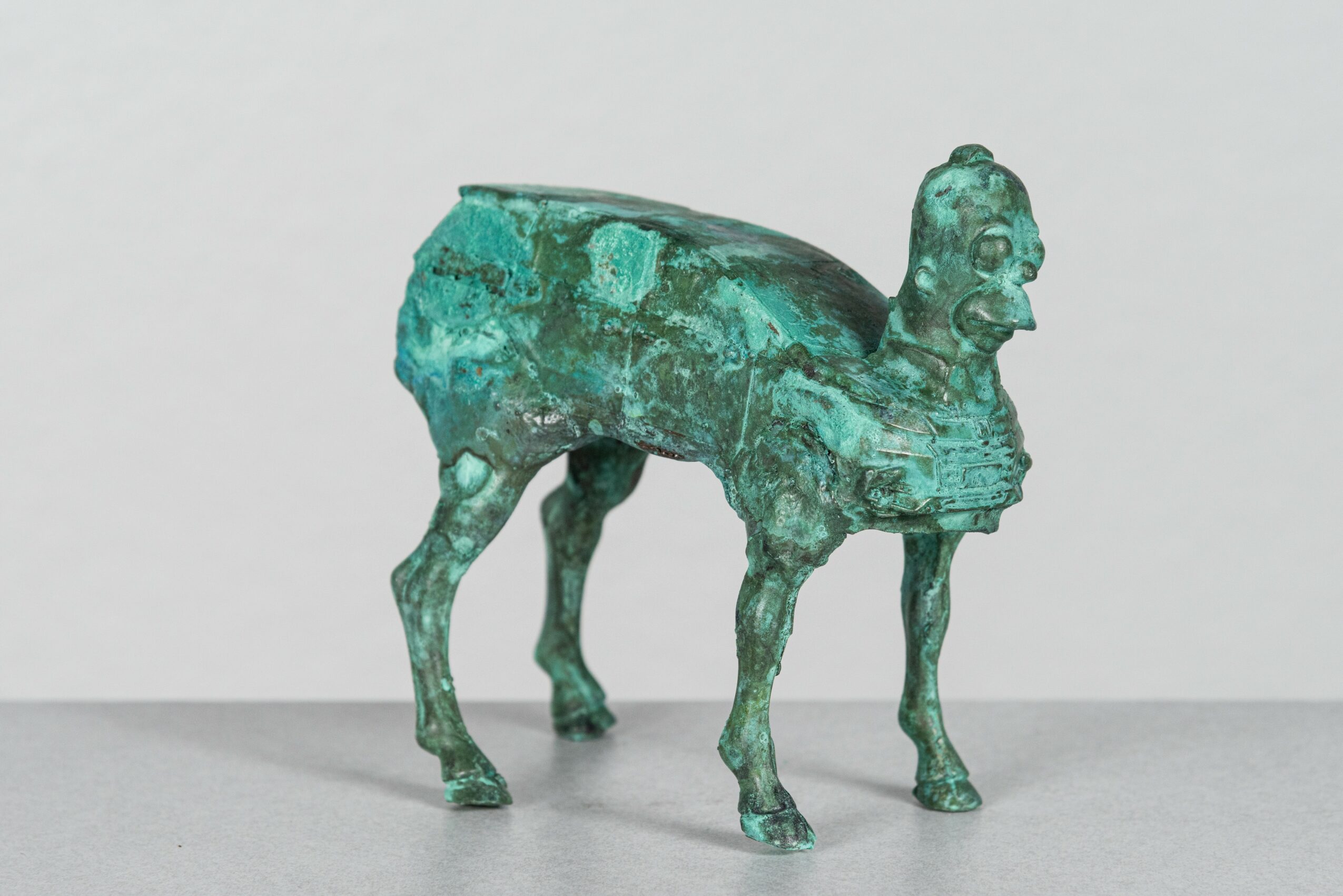
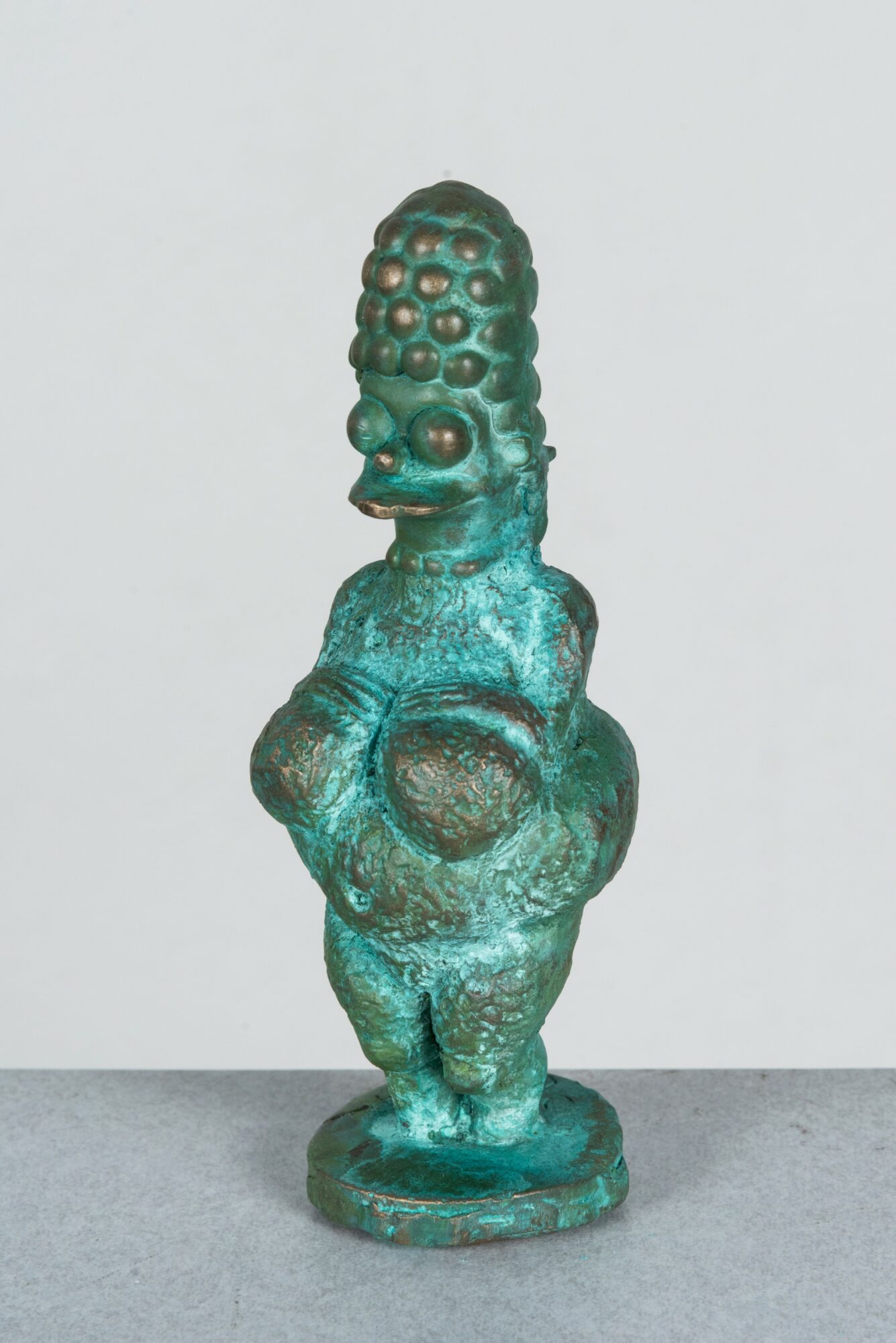
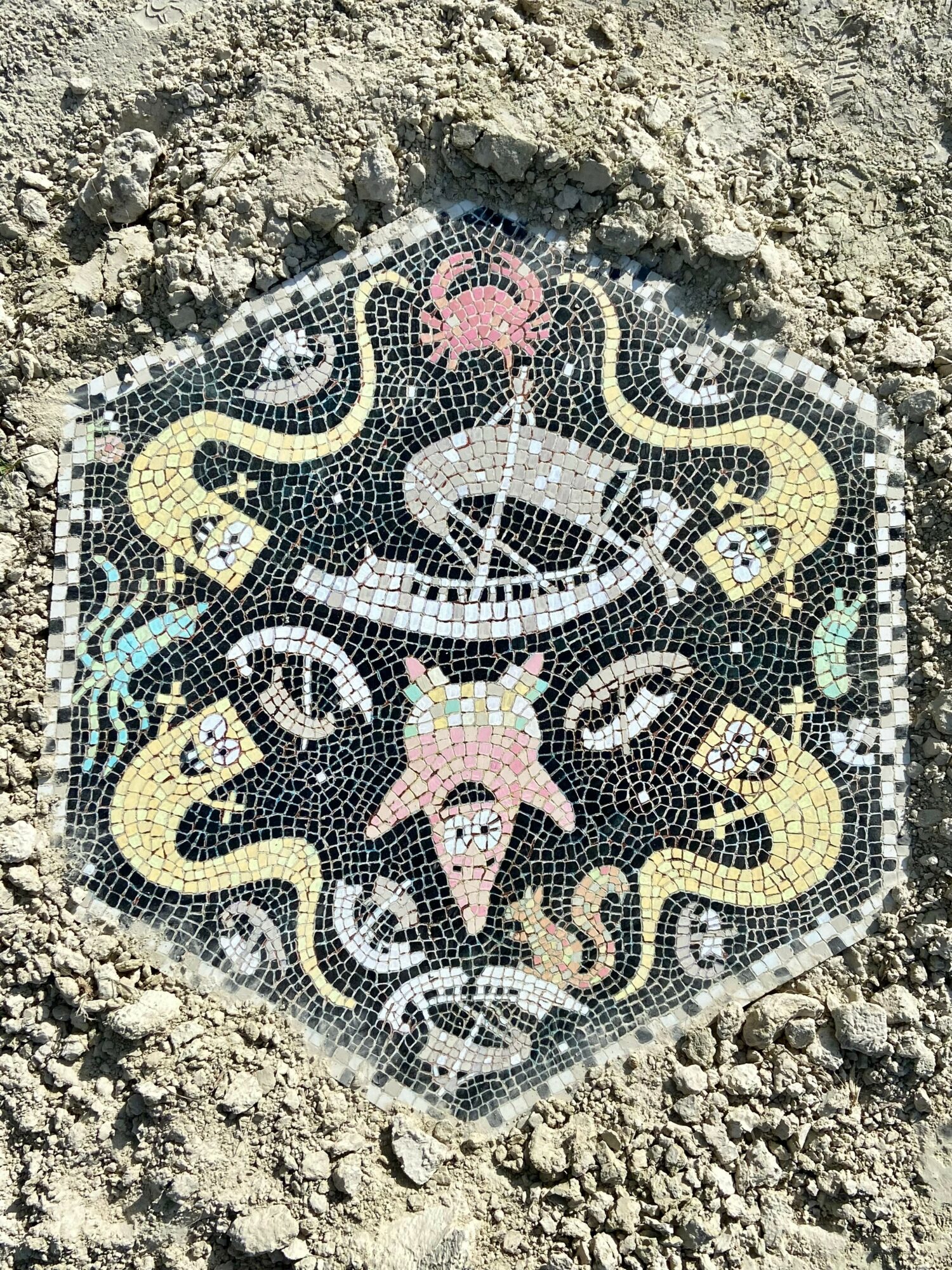
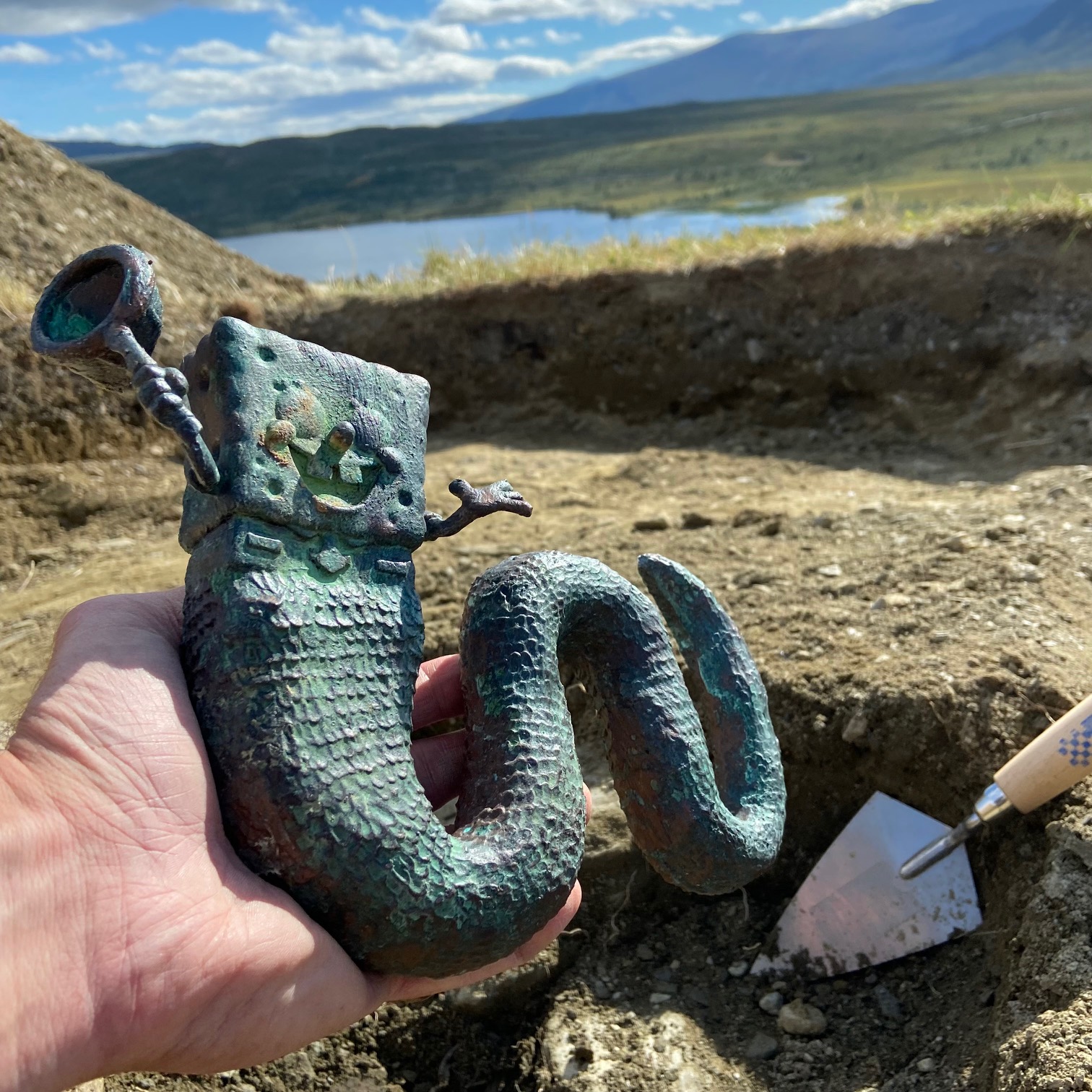
Image Credits
portrait of me is by Ilaria Di Biagio



